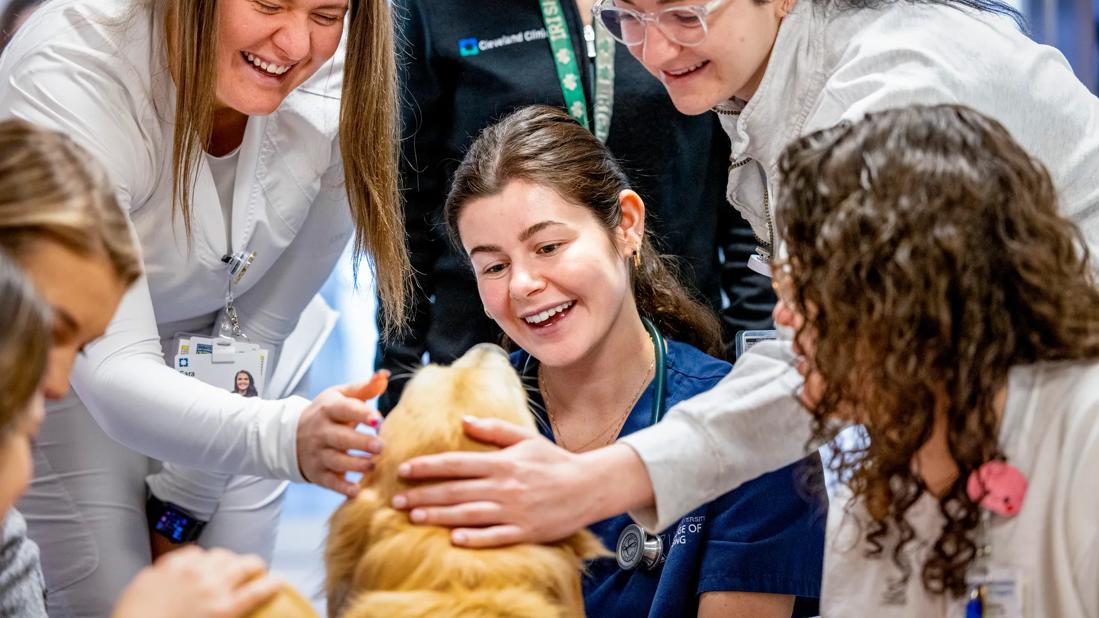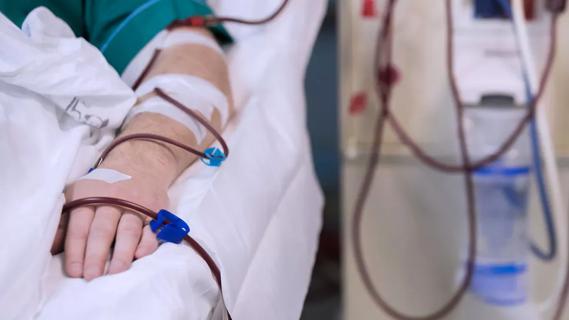A strategic initiative boosts morale – and retention

Medical-surgical nurses have a 20.4 percent turnover rate, according to Modern Nurse, which is third highest in the profession behind behavioral health and emergency nursing. 5 Main Tower, a medical-surgical unit at Cleveland Clinic’s Hillcrest Hospital, implemented a multipronged approach to combat high RN turnover, which for first-year new graduate RNs stood at 49.7 percent on the 59-bed unit at the beginning of 2017.
Advertisement
Cleveland Clinic is a non-profit academic medical center. Advertising on our site helps support our mission. We do not endorse non-Cleveland Clinic products or services. Policy
“5 Main had really struggled with staffing,” says Veronica Ukotic, BSN, RN, CMSRN, who joined the unit as nurse manager two years ago after serving as a nursing operations manager (NOM) for 12 years. “If you don’t have enough staff, it’s very challenging. When I came on board, I used my skills as a NOM to figure out how to build up the team, tap into available resources and create relationships.”
One of the goals of the 2016 Cleveland Clinic Hillcrest nursing strategic plan was to decrease the RN turnover rate throughout the hospital. Chief Nursing Officer Sue Collier, DNP, RN, NEA-BC recruited a small team to assess the root causes in order to improve nurse practice environment. The team interviewed nurses throughout Hillcrest with less than one year of experience, asking what things had gone well since they were hired and what had been a challenge.
Eleven new nurses from 5 Main Tower participated in the interview process. Among their responses, four nurses stated they were unhappy with staffing and acuity, and one indicated she was challenged acclimating to her role as a nurse on the unit. When Ukotic saw the results, she decided to act swiftly to reduce RN turnover on 5 Main Tower.
During the first half of 2017, Ukotic used three tactics to decrease turnover: She contracted with PRN nurses, planned morale-boosting events and recognized team accomplishments.
Advertisement
“Sometimes the smallest things really do go the longest way,” says Ukotic. For instance, she coordinated a “love fest” party for staff who worked on Valentine’s Day, raffling off a gift basket. “Things like that they always remember,” she says.
A combination of PRN contracts, events and celebrations have helped 5 Main Tower decrease its first-year new graduate RN turnover rate from 49.7 percent in January 2017 to 8.1 percent in August 2017, well below the national average for medical-surgical units. “Our efforts have been quite impactful,” says Ukotic. “When staff are treated well and recognized for their work, and when you develop relationships, people tend to stick around.”
Advertisement
Advertisement

Building a culture that supports, engages and empowers nursing staff

Caregivers rely on cross-hospital collaboration to guide critical response

Nurses play a pivotal role in Cleveland Clinic Connected, a global affiliation program aimed at sharing expertise

Nurse connects patients with Cleveland Clinic experts across the globe

Clinicians prepare to deliver lifesaving care in the face of public health threats

Phone triage system reduces call backs and delays in care

New protocol reduces costs, increases patient and caregiver satisfaction

New options benefit caregivers, nursing units and patients